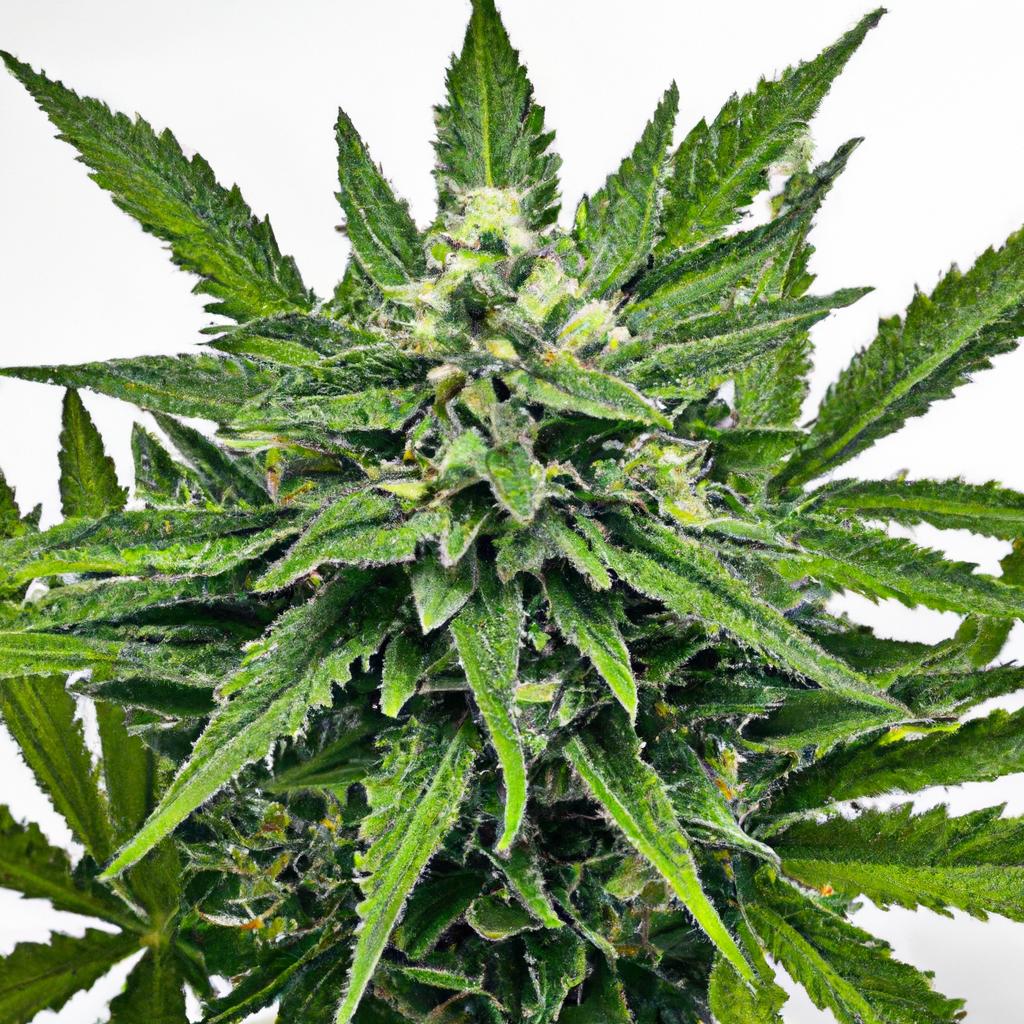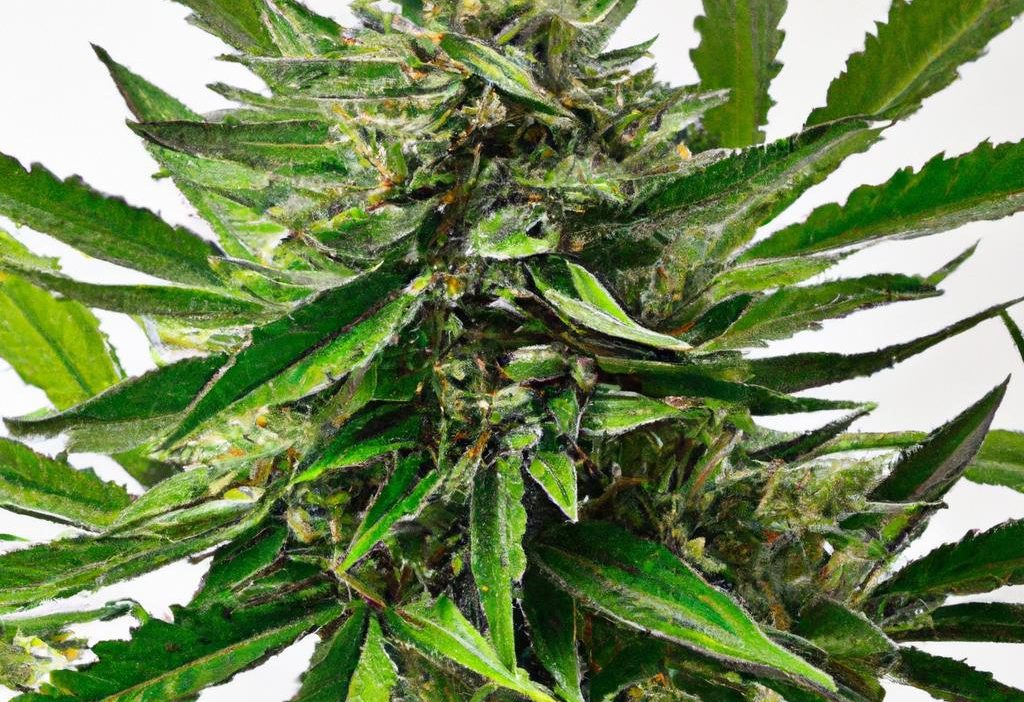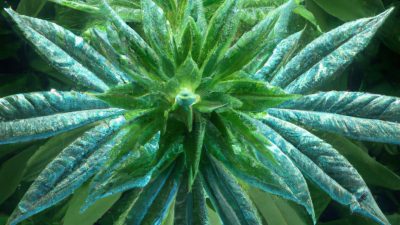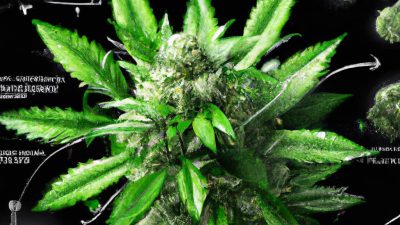
How to Tune Your Extraction Parameters for Better Cannabis Results
In the fast-evolving world of cannabis science and technology, optimizing extraction parameters has become a critical skill for producers and enthusiasts alike. Whether you’re aiming to increase potency, improve flavor profiles, or maximize yield, understanding how to fine-tune your extraction process can transform your results. This article dives into the essentials of tuning cannabis extraction parameters and how these adjustments fit within the broader context of cannabis processing and technology.
The Importance of Extraction Parameters in Cannabis Processing
extraction is at the heart of producing high-quality cannabis concentrates – from oils and waxes to shatter and live resin. Parameters such as temperature, pressure, solvent ratio, and time directly affect the efficacy and characteristics of the final product. In cannabis post processing, tuning these factors helps retain cannabinoids like THC and CBD, maximize terpene preservation, and ensure purity by reducing contaminants.
Accomplished extraction is a balance of art and science; as technology advances, so too does the potential for precision in tuning these variables.
Key Parameters to Tune for Optimal Cannabis Extraction
Understanding which parameters you can control-and how to adjust them-is vital. Below are some of the most significant variables in cannabis extraction processes:
- Temperature: Regulates cannabinoid and terpene stability.
- Pressure: Critical in supercritical CO2 and hydrocarbon extraction methods.
- Solvent Choice and Ratio: Influences purity and compound selectivity.
- Extraction Time: Helps avoid over or under-extraction of compounds.
- Particle Size: Impacts surface area for solvent interaction.
- Flow Rate: controls how fast solvents pass through the material.
How to Tune Extraction Parameters: Step-by-Step Guide
1. Understand Your Extraction Method
Extraction methods vary widely-from supercritical CO2 extraction and butane hash oil (BHO) extraction to ethanol and rosin pressing. Each has unique parameters to monitor:
- CO2 Extraction: Focus on temperature, pressure, and flow rate.
- BHO Extraction: Primarily temperature and solvent purge time.
- Ethanol Extraction: Concentrate on solvent-to-material ratio and temperature.
- Rosin Pressing: Tune temperature and pressure.
2. Set Baseline Parameters
Begin by consulting the equipment manufacturer’s recommendations or trusted industry protocols to establish a safe and effective starting point.
3. Adjust Temperature Carefully
Temperature plays a dual role: too high and you risk degrading cannabinoids and terpenes; too low and extraction yield suffers. For example:
| Extraction Method | Optimal Temperature Range | Effect of Temperature Variations |
|---|---|---|
| Supercritical CO2 | 35°C – 60°C | Higher temperatures may increase yield but reduce terpene retention |
| BHO | 10°C – 30°C (during purge) | Lower temps preserve flavor; higher temps help purge solvents |
| Ethanol | -20°C to Room Temp | Cold ethanol extracts more selectively, preserving flavors |
| Rosin | 70°C – 110°C | Too hot = burnt taste, too low = poor yield |
4. optimize Pressure and Flow Rate
Pressure in supercritical CO2 extraction can increase solubility of cannabinoids, enhancing yield.Flow rate controls contact time; too fast means incomplete extraction, too slow reduces throughput efficiency. Regular testing is essential to find a sweet spot.
5.Monitor Solvent Ratios and Purity
The solvent-to-material ratio determines the completeness of the extraction. Using fresh, high-purity solvents prevents contamination and produces cleaner extracts. For ethanol extraction, high purity and cellulose filtration help ensure a superior final product.
6. Tailor Extraction Time
Time affects the balance between efficiency and quality. Over-extraction may bring chlorophyll and undesirables; under-extraction lowers cannabinoid yield. Incremental adjustments and lab testing help fine-tune timing.
Benefits of Proper Extraction Parameter Tuning
- Enhanced potency: Maximizes cannabinoid concentration for stronger effects.
- Improved Flavor and aroma: Preserves delicate terpene profiles.
- greater Yield: Reduces waste and increases cost-effectiveness.
- Purity and Safety: Minimizes residual solvents and impurities.
- reproducibility: Ensures consistent product quality batch after batch.
Practical Tips for Successful Extraction Tuning
- Conduct small pilot runs before full-scale extraction.
- Keep detailed records of parameter changes and outcomes.
- Use third-party lab testing to evaluate cannabinoid and terpene profiles.
- Invest in quality processing equipment that allows precise control.
- Collaborate with extraction experts or attend workshops periodically.
Case Study: optimizing CO2 Extraction for Live Resin
A midsize cannabis producer struggled to capture the fresh, aromatic profile characteristic of live resin using their standard CO2 extraction protocols. By lowering the temperature to 38°C while maintaining pressure at 3200 psi and adjusting the flow rate for longer solvent-material interaction, they saw a 15% increase in terpene retention and a 10% improvement in cannabinoid yield.
This highlights how nuanced tuning of parameters directly translates to tangible product improvements.
Conclusion: Mastering extraction Parameters to Elevate Cannabis Quality
Tuning your cannabis extraction parameters is a cornerstone of producing premium concentrates that meet both consumer expectations and industry regulations. By carefully adjusting temperature, pressure, solvent ratio, extraction time, and flow rate-and continuously testing your results-you create a roadmap toward optimal extraction performance.
As cannabis technology advances and extraction equipment becomes more complex, mastery over these variables not only improves your product but also supports sustainable, efficient processing practices. Whether you’re a small craft extractor or a large-scale processor, investing time and effort into tuning your extraction parameters will pay off in superior cannabis concentrates that stand out in a competitive marketplace.





